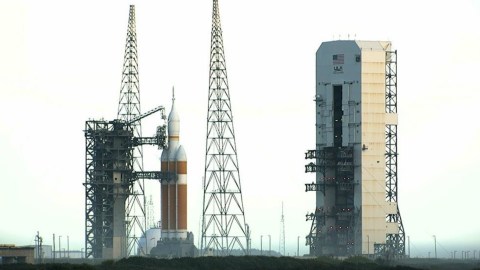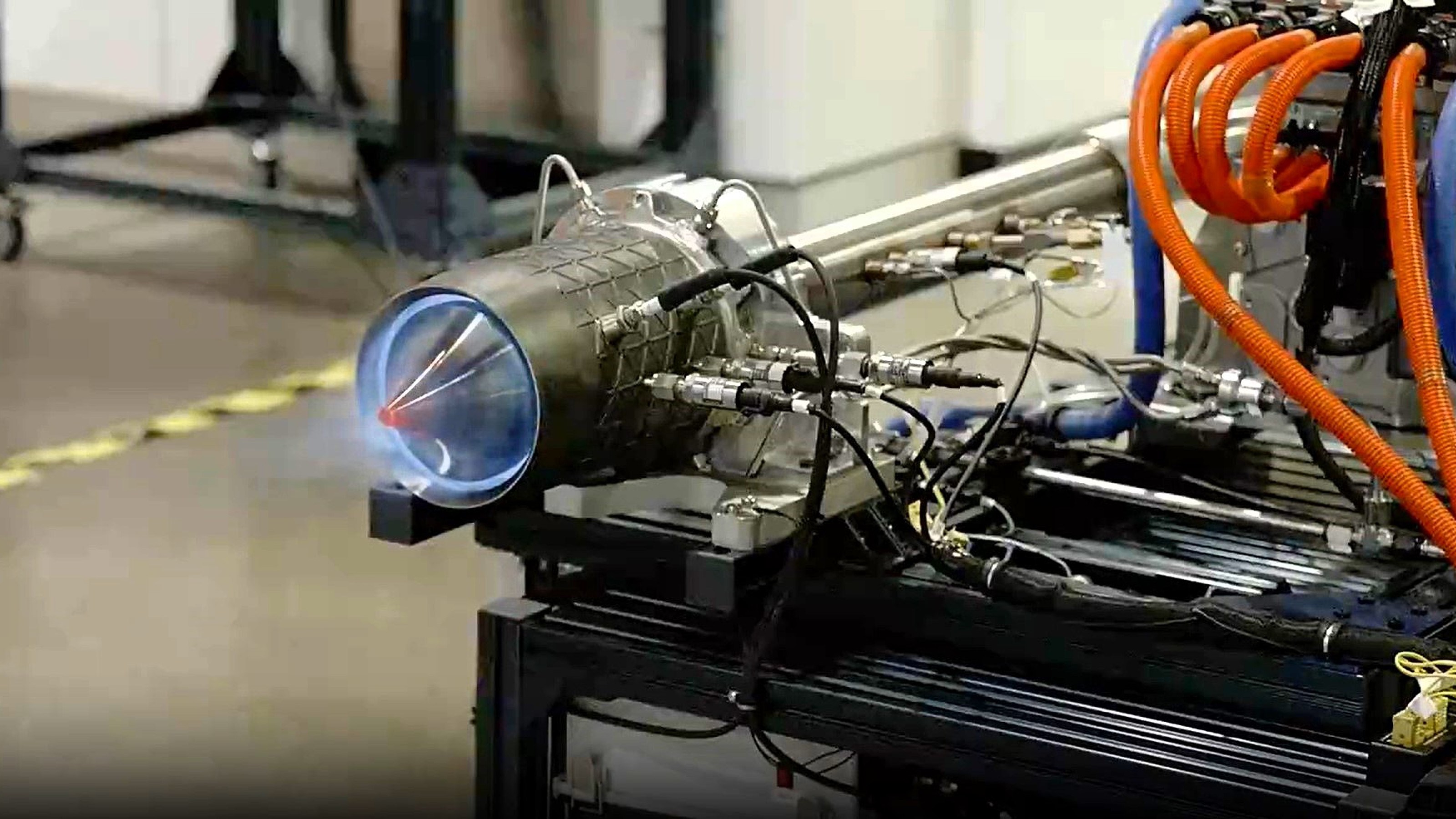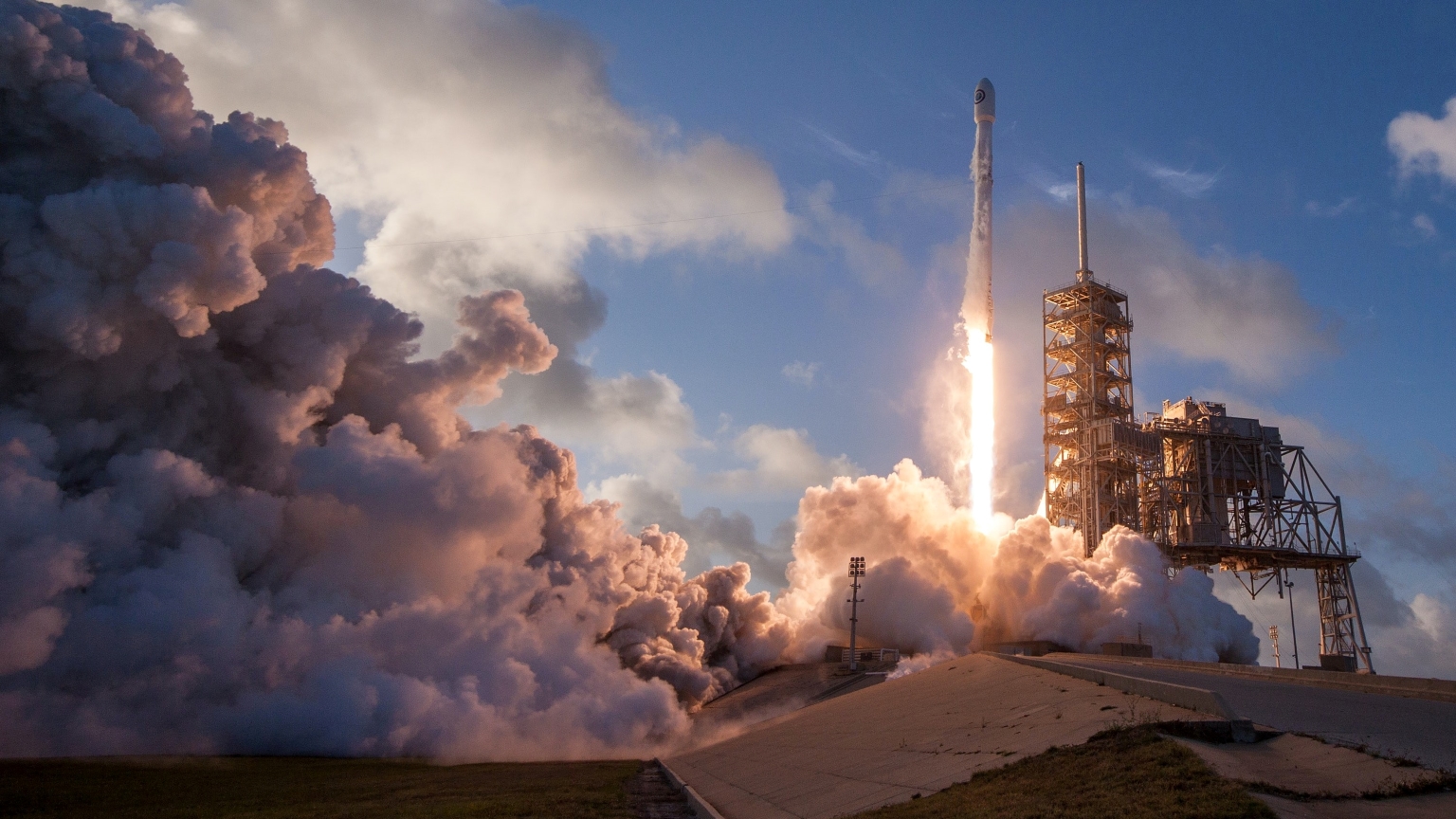NASA Has Lots to Prove With This Morning’s Orion Test Flight

NASA is hoping to launch an unmanned test flight of its Orion spacecraft today, though at the time of this writing it hasn’t yet pushed the button:
#Orion is currently “no-go” due to a range issue. There’s a boat in the launch area. Teams are working to remove the boat from the area.
— NASA (@NASA) December 4, 2014
#Orion launch hold. A fuel and drain value did not close. Standing by for more information. Watch: http://t.co/yr4qxsIufl #OrionLaunch
— NASA (@NASA) December 4, 2014
For the team of scientists behind the project, these short delays must seem like nothing when seen within the context of Orion's timeline. Today's scheduled flight is only the first step in a drawn out process that should eventually lead to a manned mission to Mars during the mid-2030s. Justin Bachman, writing for Bloomberg Businessweek, calls today's launch NASA's "boldest test flight in decades." According to Bachman, one of NASA's major goals is to demonstrate to the world that the key technological components that will one day send a human to Mars are already in place.
A side goal is to bolster the public's excitement for an eventual trip to the red planet. With the Space Shuttle program 3 years gone and American astronauts having to hitch rides on Russian rockets, some experts worry that the U.S. public may be losing hope in the sci-fi space dreams that fueled interest during the second half of the 20th century. NASA officials (and its Twitter feed) are never slow to point out that Orion is integral to an inevitable journey to Mars.
One official mentioned to Bachman that, since manned flights to the Mars are still 20 years away, today's launch will hopefully inspire the students of today into becoming the engineers and astronauts of tomorrow:
“My hope is that when we fly the capsule on Thursday, it will energize the public and energize that middle schooler [who] isn’t quite sure what he wants to do, but he likes math and science,” says Richard Boitnott, an engineer at NASA’s Langley Research Center.
I'm sure Boitnott's choice of pronouns wasn't meant to exclude girls from the ambitious plan, as NASA has a good track record of promoting STEM careers for young women. The major point is that the 45-year-old astronaut of today is out of luck if he or she wants to be the first person to step foot on Mars. Those who fall in the 15-30 age range can still hold onto their hope.
What's your take on the Orion program? Do you have faith in NASA's ambitious goals? Let us know below in the comments.
==Update==
Scrub. Today's planned launch of #Orion is postponed due to valve issue. Our next possible launch window opens at 7:05am ET Friday
— NASA (@NASA) December 4, 2014
Read more at Businessweek
Learn more at NASA
Photo credit: NASA





